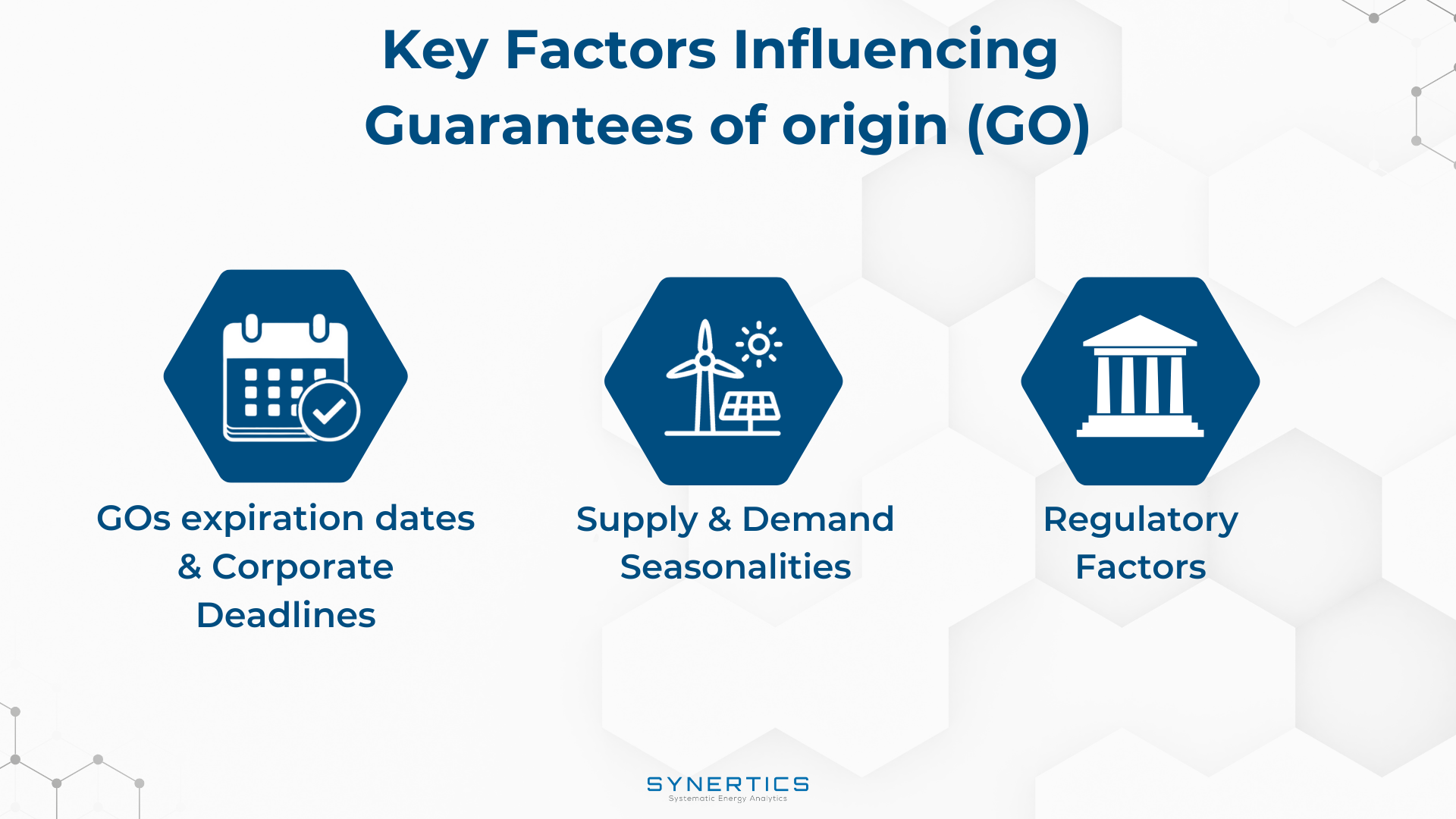Join us on our journey towards renewable energy excellence, where knowledge meets innovation.
In this March edition of the Energy News Roundup, we cover the EU’s move to 15-minute intraday trading, Portugal’s record-breaking wind power generation, and the EU’s projection of €2.5T in fossil fuel savings by 2040. We also look at the surge in global energy demand, driven by electrification and AI and Europe’s record solar generation, despite ongoing fossil fuel reliance.

The EU is enhancing electricity trading efficiency by allowing transactions in the intraday market at 15-minute intervals instead of the previous 60-minute blocks. This update, approved by ACER, aligns the intraday market with the day-ahead market, which was already adjusted in September 2024 to enable 15-minute trading. With this change, market participants can trade electricity in shorter timeframes across both markets, improving flexibility and facilitating the integration of renewable energy sources. More frequent trading also enhances cross-border electricity sharing, boosts competition and lowers entry barriers for participants trading short-term products.
On March 18, Portugal, Spain and Norway successfully transitioned to the new intraday trading system, implemented by OMIE and Nord Pool. This shift marks another step toward a more competitive and liquid EU electricity market.
Brussels Expects €2.5 Trillion in Savings from Renewables by 2040
European Energy Commissioner Dan Jorgensen stated that the EU could save up to €2.5 trillion in fossil fuel imports by 2040 by accelerating renewable energy deployment.
Jorgensen acknowledged that Europe’s energy prices remain high but warned they would have been even worse without progress in the green transition. He emphasised the need for better electricity grid interconnection and stronger gas market regulations to curb excessive profits.
These measures are crucial, as 47 million people in the EU live in energy poverty, struggling to afford heating, while businesses face high energy costs, making them less competitive against the US and China.
Portugal’s Wind Power Hits Record High Amid Storm Martinho
Portugal’s wind power production reached an all-time high on March 19, 2025, supplying 56% of the country’s electricity consumption, according to grid operator REN. Fuelled by Storm Martinho, wind generation hit 112.4 GWh for the day.
In total, 92% of Portugal’s electricity consumption on that day was met by renewables. Since the start of 2025, 79% of the country’s electricity has come from renewable sources, including 39% from hydropower, 28% from wind, 7% from solar and 5% from biomass.
In 2024, Portugal broke another record by deploying 1.77 GW of solar capacity, surpassing the 1.3 GW added in 2023 and bringing the country’s total solar capacity to 5.66 GW.
Global energy demand grew by 2.2% in 2024, surpassing the 1.3% average growth rate of the past decade, according to the IEA’s latest Global Energy Review. Emerging and developing economies accounted for over 80% of the increase in global energy demand in 2024. The surge in energy demand was primarily driven by increased electricity consumption, which rose by 4.3%, nearly twice the previous decade’s average, due to record global temperatures, industrial growth, electrification of transport, and expanding data centers and AI usage.
Renewables and nuclear power covered 80% of the increase in electricity demand, with a record 700 GW of new renewable capacity installed worldwide. Despite rising energy use, CO2 emissions increased only 0.8%, reaching 37.8 billion tonnes, as renewables, nuclear, EVs, and heat pumps prevented 2.6 billion tonnes of emissions annually. Emissions in advanced economies fell by 1.1%, returning to levels last seen 50 years ago, despite economic expansion.
Solar Hits Record Generation in March, But Europe’s Fossil Fuel Dependence Persists
Solar power set a new record in March, supplying over 10% of Europe’s electricity for the third consecutive month, according to Eurelectric. Increased solar and nuclear generation, along with milder weather, helped lower average power prices to €90/MWh, down from €126/MWh in February. However, Q1 2025 electricity prices remained 51% higher than the same period in 2024, driven by higher gas prices (+33%) and persistent reliance on fossil fuels.
Despite a 15% month-on-month drop in fossil fuel generation, its share was still 16% higher than March 2024, showing Europe's vulnerability to gas and coal during high demand periods. Eurelectric stresses the need for demand-side response, storage expansion, and long-term PPAs to reduce reliance on volatile fossil fuel markets.

Insights, Market-trends
15th Dec, 2025

Insights
2nd Dec, 2025

Insights
19th Nov, 2025